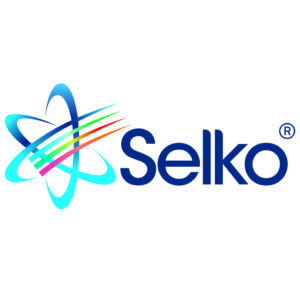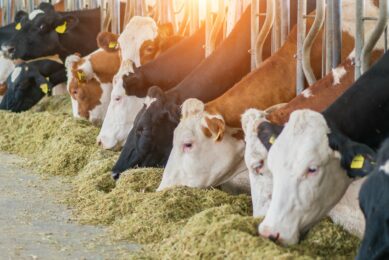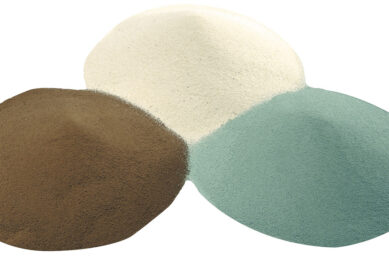Making dairy farming sustainable by improving feed efficiency
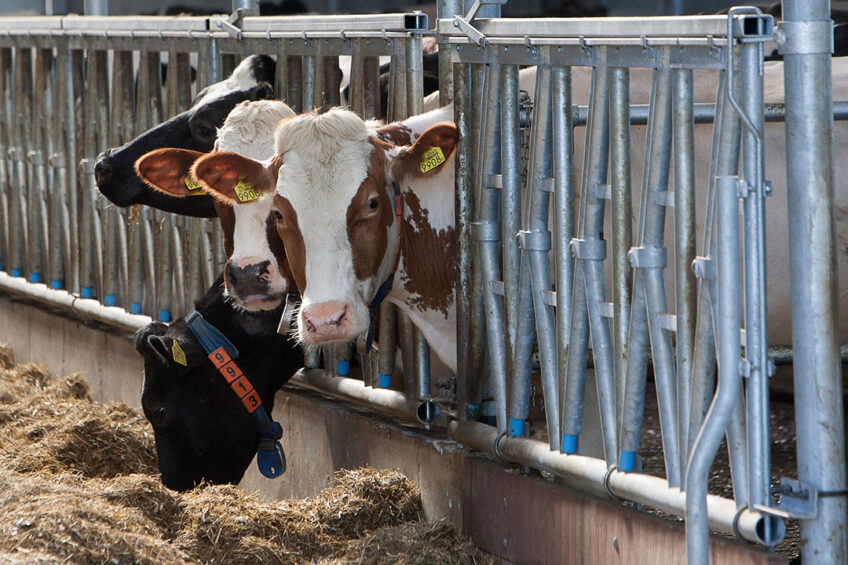
Feed efficiency of dairy cows is an important driver of dairy farm profitability. During a webinar entitled “Improving feed efficiency of dairy cows” one of the speakers, Dr Mike Hutjens, explained in detail how this can be achieved.
Feed efficiency is a performance indicator that has been widely used in the poultry, swine and beef industry but is rarely used to measure performance of lactating dairy cattle. Dr Mike Hutjens from the University of Illinois was one of the speakers during a webinar entitled “Improving feed efficiency of dairy cows”. He explained how farmers can use feed efficiency as a parameter to improve sustainability and profitability of dairy farming.
How can feed efficiency of dairy cows be defined?
Feed efficiency can be defined as the amount of milk per unit of dry matter consumed. This can be calculated in several ways. A commonly used way to calculate feed efficiency of dairy cows is to divide the kg of Energy Corrected Milk (ECM) by kg of Dry Matter Intake (DMI).
How can feed efficiency of dairy cattle be influenced?
Feed efficiency in lactating dairy cows can vary from <1.3 to >2.0. There are several factors that have an impact on feed efficiency of dairy cows:
- Digestibility of feed
- Milk production
- Feed intake
- Days in milk
- Forage quality
- Forage quantity
- Age of the cows
- Protein level of the ration
- Somatic cell count
- Body weight change
- Fat percentage of the milk
- Rumen acidosis
- Environmental stress
- The amount of exercise and grazing
- Pregnancy
- The use of certain feed additives
In ruminants, a well-functioning rumen is key to ensure maximum digestibility of feed. Trace mineral management can have a serious impact on rumen function and thus on digestibility of the diet of dairy cows.
Improving feed efficiency through trace mineral management
Sulphate trace minerals readily release their trace mineral ions, causing a highly undesirable effect in the rumen. In contrast, Selko IntelliBond an hydroxy form of trace minerals is largely insoluble at a pH of 4 or higher. The rumen pH of dairy cattle is typically between 6 and 6.5, so hydroxy trace mineral crystals are essentially insoluble within the rumen. In the abomasum, where the pH is usually below 3, the crystals dissociate layer by layer, resulting in a gradual and sustained release of trace mineral ions into the duodenum. As a result, the bioavailability of Selko IntelliBond is high, but peak concentrations in the rumen and other part of the GI tract always remain low.
The negative impact of sulphate salts on the rumen microflora reduces their ability to digest fibre, in term resulting in a reduction of feed efficiency. Multiple studies have proven that completely replacing sulphate trace minerals with Selko IntelliBond hydroxy trace minerals will result in a significant improvement of fibre digestibility (Figure 1). A meta-analysis of all studies presented showed an average improvement of NDF digestibility of 1.7%. Each point of difference in NDF digestibility can represent an extra 0.25 to 0.3 kg of daily ECM.
Figure 1 – Percentage improvement of fibre digestibility in 14 studies, carried out in cattle on different diets. A positive effect on fibre digestibility was found in 12 out of 14.
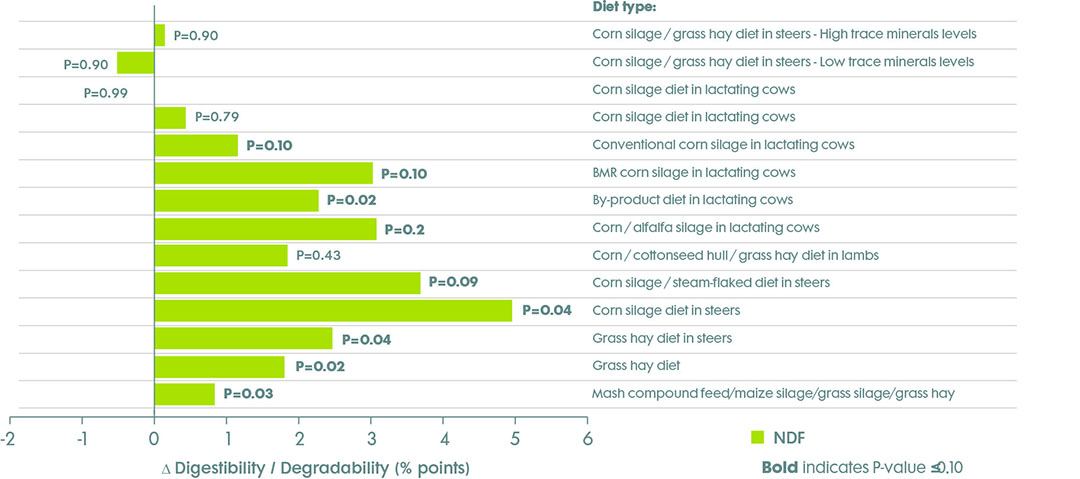
Click to enlarge figure
Improvement of feed efficiency results in an increase of milk production
In a trial carried out by Cornell University, milk production was increased in early lactation cows fed Selko IntelliBond compared to cows fed sulphates (Figure 2). The hydroxy trace mineral group reached peak production sooner and produced 3.5 litres of milk more at the peak of lactation. Dynamics of lactation persistency in dairy cows indicate that 1 kg of extra milk at peak lactation is equal to 200 kg of extra milk per lactation.
Figure 2 – Milk production in kg/day in cows supplemented with sulphates, a mixture of sulphates and organic trace minerals or with Selko IntelliBond.
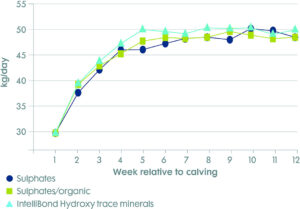
Increasing dairy farm profitability with hydroxy trace minerals
Feed efficiency of dairy cows is an important driver of dairy farm profitability. Selko IntelliBond improves digestibility of fibre in the diet, enabling cows to produce more milk out of the same amount of feed. This effect of feeding hydroxy trace minerals is the result of avoiding the use of sulphates. It is therefore crucial to aim at total replacement of sulphates.
Join 13,000+ subscribers
Subscribe to our newsletter to stay updated about all the need-to-know content in the dairy sector, two times a week.


